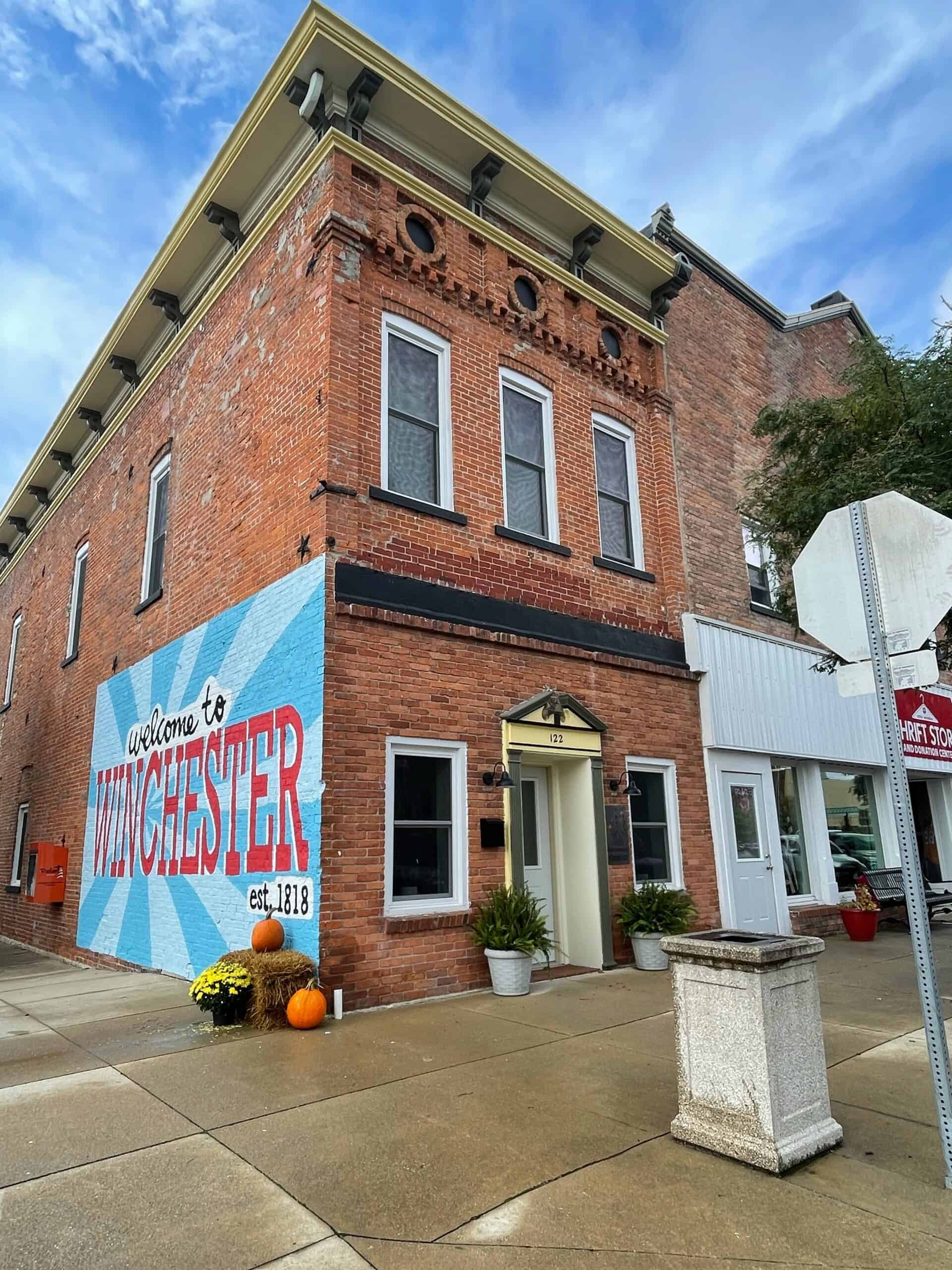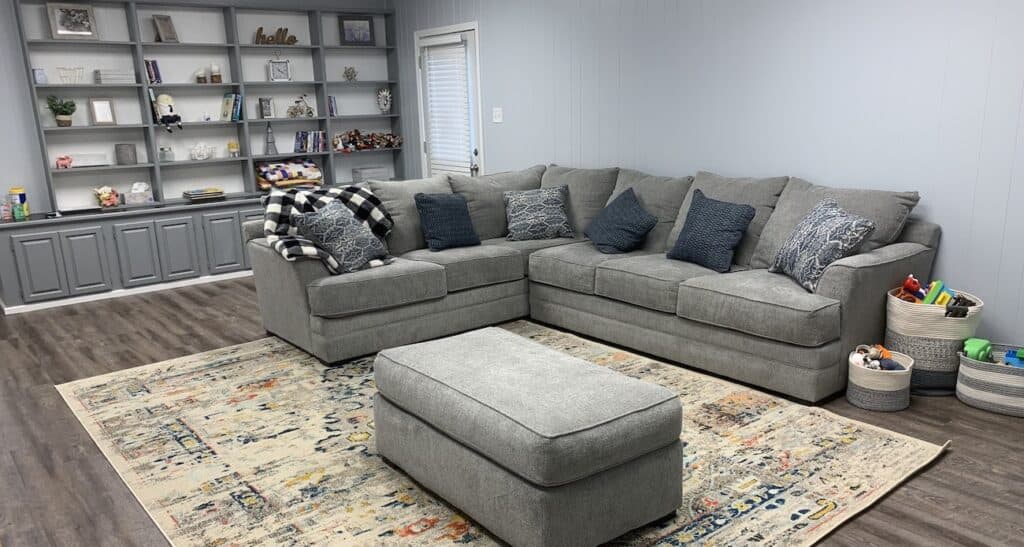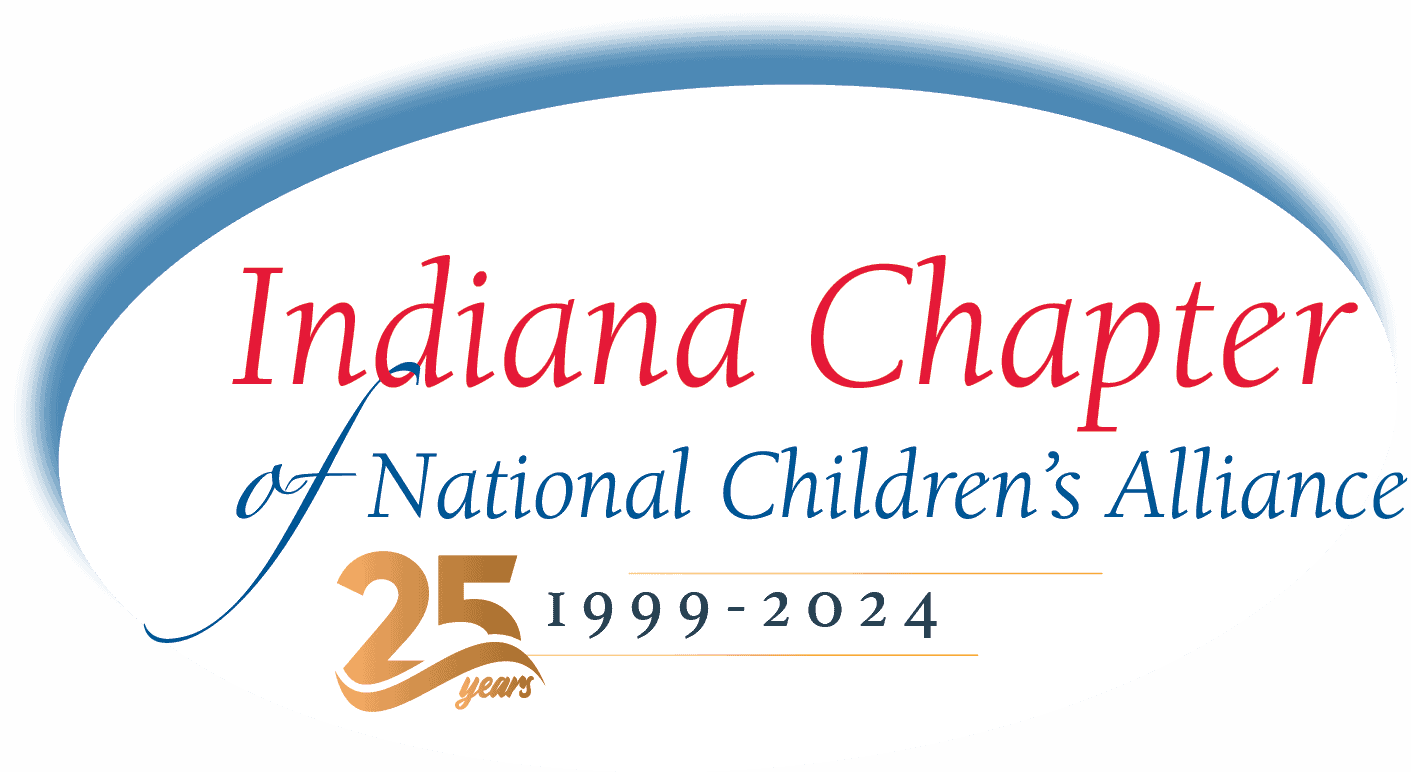In the first week of November 2020, a Randolph County Sheriff’s Deputy, a DCS Caseworker, and forensic interviewer Mallory Stevenson were up late. Down the hall, children huddled under a blanket watching television. It was pushing eleven o’clock at night and despite the mental strain on everyone, Mallory Stevenson and the rest of the team at the Randolph County CAC knew everyone did something right.
Child Advocacy Centers aren’t new to the U.S. or Indiana. And most every county in Indiana has operated in partnership with a nearby CAC for as much as twenty or thirty years—except Randolph County.
Ushering in a new process with improved outcomes

The county of 25,000 sits on Indiana’s border with Ohio and, as Stevenson says, “We never had this process at all.” In early 2020, Stevenson, who became Executive Director of the project, along with the help of a task force of local leaders formed the basis for the Randolph County CAC. Not only would there be a new Center and single “one-stop” location, the team also formalized a multidisciplinary response to child abuse and neglect cases.
The team muddled through the start of the COVID-19 pandemic and continued toward a successful launch in early November 2020. “For all of us, this was a brand new process,” she says.
The Indiana Chapter helped the team shepherd the project to completion. The team decided to pursue NCA Accreditation from the start, which meant a higher quality of service for kids and families, but also a significant amount more work to understand, quantify, and achieve.
Prior to the CAC, area children who were involved in informed instances of abuse, neglect, sexual assault, or were witnesses to a crime would likely meet one of a handful of the county’s detectives and Department of Child Services caseworkers. “Law enforcement was doing interviews at the police station,” says Stevenson, and “DCS was taking kids to their office where they and their families would usually sit and wait in a hallway or a public waiting area.”
Stevenson is quick to note everyone at every agency was doing the best they could with what they had. But a child seen by forensic interviewers at a neutral, child-first facility like a CAC produces better results for everyone involved when done to the high standards CACs ensure.
Detectives, even when trained, often recognize their size, uniform, and weapons make them intimidating. Anyone who has ever sat in a Bureau of Motor Vehicles branch office knows the sterility of government office buildings can be unsettling and far from comfortable. Further, forensic interviewers are continuously and highly trained to gather information in a manner that is developmentally and culturally responsive, neutral and unbiased, focused on the facts legally sound for use in court later. This process leads to better outcomes for the child and their non-offending caregivers, as well as more effective investigations and prosecutions.

In the leadup to the Center’s opening, Stevenson was asked, “What does it matter if the family gets to sit in a comfortable living room?” Now that the center has operated for a year, “This process speaks for itself.”
“We expected to see 80 cases,” says Stevenson about 2021’s estimated caseload, adding with a slight pause for effect, “and it was almost double.” 160 cases in a county with barely 5,800 children under 18 was no accident. In addition to the county’s new approach for handling child abuse cases, new prevention education courses came to every Randolph County school.
Fully-funded prevention programs for every Randolph County school
“We purchased a training program and materials for children and teens,” says Stevenson. The program helps train adults on how to spot and talk to children about suspected abuse, as well as age-appropriate ways to help kids and teens understand their bodies and inappropriate behavior.
“We never had a continuous, evidence-based prevention program here, and we took it on from the start,” says Stevenson. She quickly noticed the lack of understanding about how or why child maltreatment happens among adults. “We needed the adults, not just the kids, to understand how abuse happens. Our goal is to make prevention part of the culture.” The team now recognizes patterns in increased reports of abuse after a classroom presentation.
Victim advocacy helps families stick together
Victim advocacy at the Center is also new. Because abuse often happens at the hands of a family member, families are torn apart literally, emotionally, and financially. “Maybe the victim was living with two incomes and now they have one. Or they have appointments to get to and their caregiver couldn’t keep the same job. Our VAs see the ripple effects abuse has on the entire family. Their job is to be the ongoing support system that mitigates those ripples. Research tells us the child’s best chance for a positive outlook is how well the caregivers are supported.”
Most CACs take two or three years to grow this quickly. Between victim advocacy, prevention programs, and the noticeable increase in reported instances of abuse in the county, the Randolph County CAC may be one of the most significant improvements to children’s health and safety in the community in a generation. A new location, funded by American Rescue Plan funds in Union City, will soon expand the Center with a more robust layout for privacy and security.
“Sometimes,” says Stevenson with a hint of pride, “In the day-to-day we’re taking one step forward and ten steps back, but when we look back where we were that first week of November 2020 and not sitting in the hallway at the DCS office, we see how far we’ve come in a short amount of time to works towards bridging that thirty-plus year gap in practice.”



